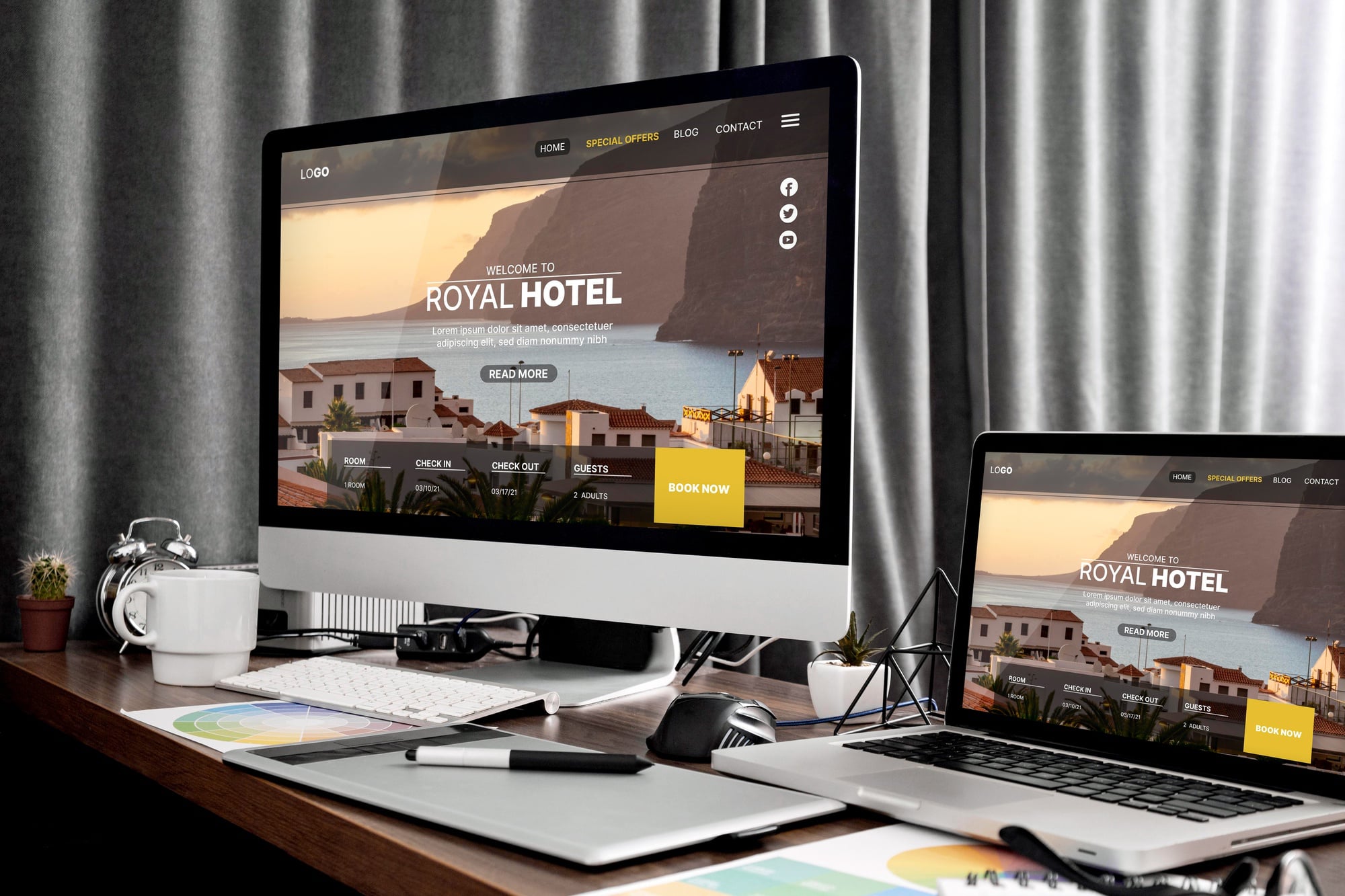When looking to design a website, one of the key areas often ignored is ‘structure’.
Often customers at SM1 Print Studio have spent time identifying market sectors and have an idea of style, colour and theme, however, they haven’t considered how the website should be structured or what content should be written. In addition, some thought needs to be given to ease of use and cross-platform support.
The other issue for consideration is how the website will grow. For example, what will the web page hierarchy be and how easy will it be for the customer to navigate to the content they require?
Content should find a natural position under key main headings – primarily these should describe the essence of your products and/or services, as well as company information. For Search Engine Optimisation (SEO) it is critical that each page has the shortest URL and that this URL mirrors the content of the page.
Website Navigation

